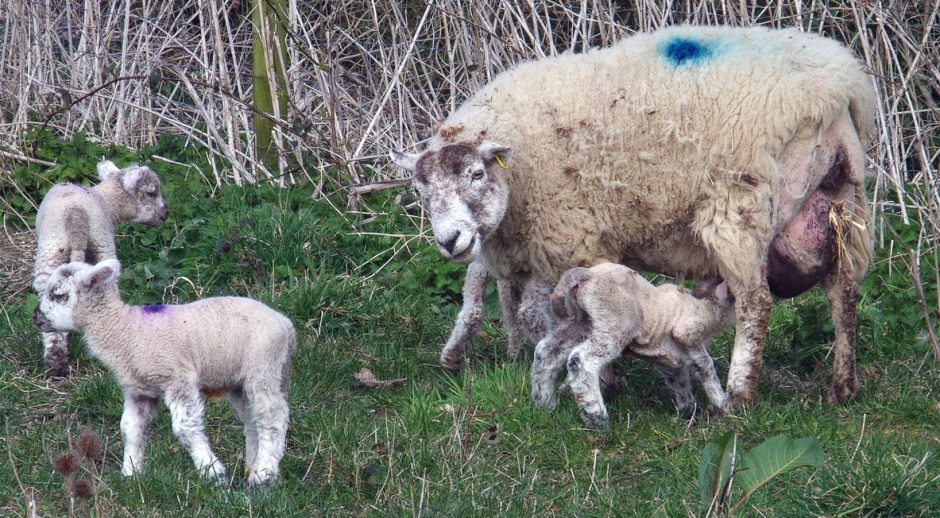Spring – a single origin, many different meanings, and some irregularities to provoke the odd peeve.
They all come from the same verb spring, which was springan or áspringan in Old English, and goes right back to similar words in many of the old Germanic languages. It means to move suddenly, bound or leap, to be resilient or elastic. It has also acquired some interesting slang meanings of escaping or being released from jail, and even to pay for a treat.
The OED gives two alternative forms for the past tense: sprang or sprung. However its past participle is sprung. So the following are well and widely used:
they sprang him from jail
they sprung him from jail
he had been sprung from jail.
This sense of sudden release transfers then to water springing forth in a spring, which is a place of rising of water from the ground, the flow of water from such a rising, or water obtained from such a source. That is then used figuratively of people, who can be described as the spring of all wisdom, for instance.
In the sense of an origin, spring can be used as the action or time of rising or coming into existence. Although this is generally uncommon now, there are two derivatives which are still encountered: day-spring, meaning dawn, and of course the year-spring, or just spring, the season.

Its use for the season was well established in the sixteenth century, and the OED considers that in the UK it is used for February to April, in the US for March to May. Many writers are unsure whether, when meaning the season, it should have an initial capital. Usage, backed by the OED, is that capitalisation occurs often, but is not required. It appears from the quotations offered by the OED that poets such as Spenser, Dryden, and Shelley all gave it a capital, so perhaps that is a good way to distinguish the season from the many other uses of the word.
Not content with this shift in meaning alone, transfer continued. By the seventeenth century, spring was being used figuratively for the early period of life, or youth, and the following century it was being applied to agricultural crops and foods which were associated with the Spring, such as spring greens. I suspect that the Chinese Restaurant favourite of spring roll did not appear until the twentieth century, and the OED finds an early use in 1943.
In maritime language, spring tides are those with the greatest maxima and minima, the opposite being neaps. However there is commonly confusion over which of the several transferred meanings of spring is being used here. It is not that of the season: those who do not know the sea often assume that spring tides occur in the Spring, but that is not true in the slightest. Instead this is a derivation from the meaning of a rising of water, I believe.
There are other nautical uses: of a crack or split in a mast, spar, or the wood of the hull of a vessel; the sheer, or upward curvature of the deck; and most commonly a line made fast from the end or side of a vessel to the shore or mooring so as to prevent the vessel from swinging. Boot-makers use it to describe the rise of the toe above the ground, or the arch in the instep.
Another early transfer of meaning from the verb spring was nominalisation to an act of springing, a leap or bound. That picked up the sense of recoil or rebound when an elastic object has been bent out of shape, hence elasticity (which became popular with the advent of engineering in the eighteenth century), and a specially shaped piece of metal (also now plastic) which is intended to impart elastic properties. The latter is most often a coiled section of wire, and appears surprisingly early; the OED finds it in 1428, long before its use for elasticity, which is interesting and counter-intuitive.
From each of these meanings has sprung forth more combinations, transfers, and figurative uses, such as a cluster around its application to metal springs used inside a mattress.
All we need now is a little Spring weather (in the northern hemisphere).
